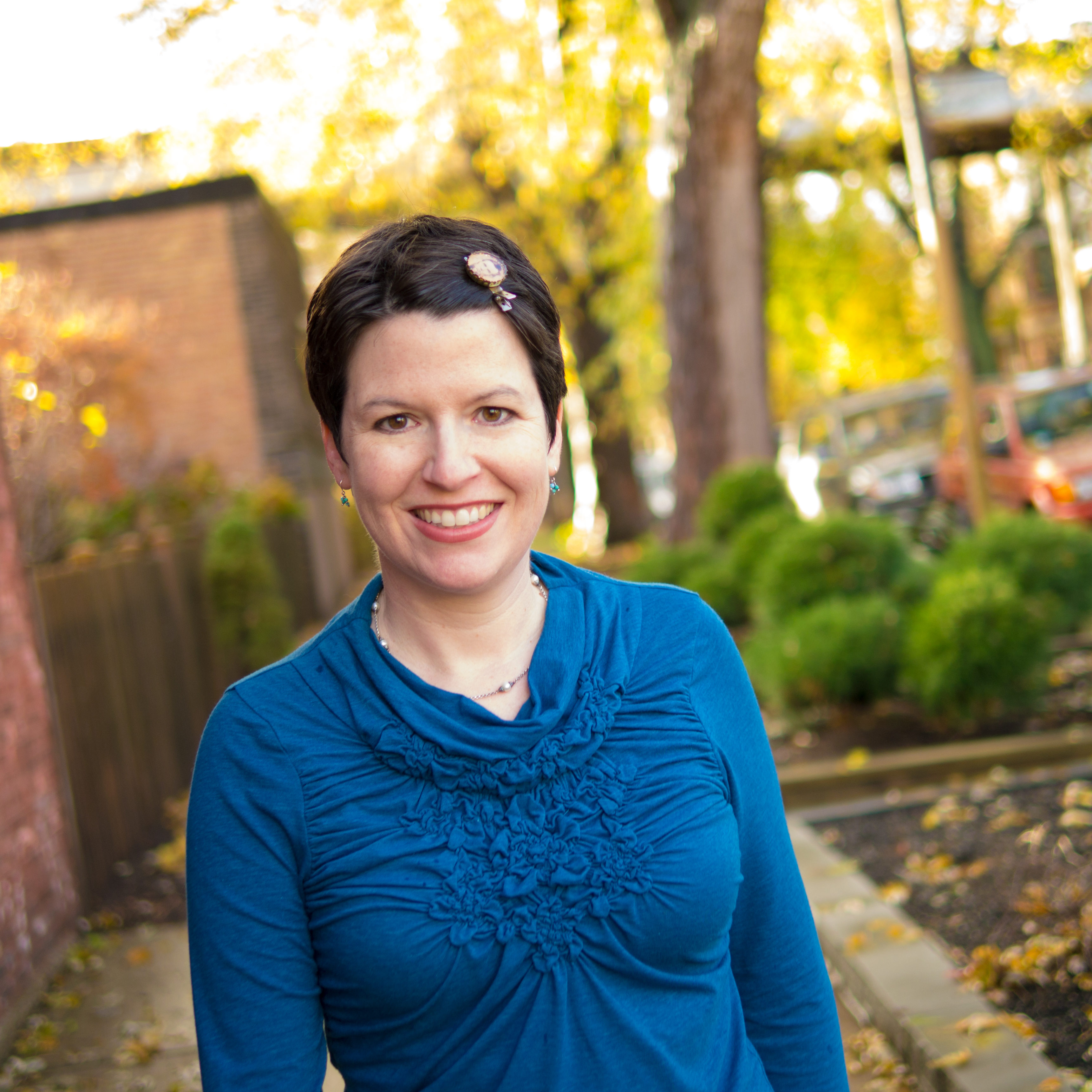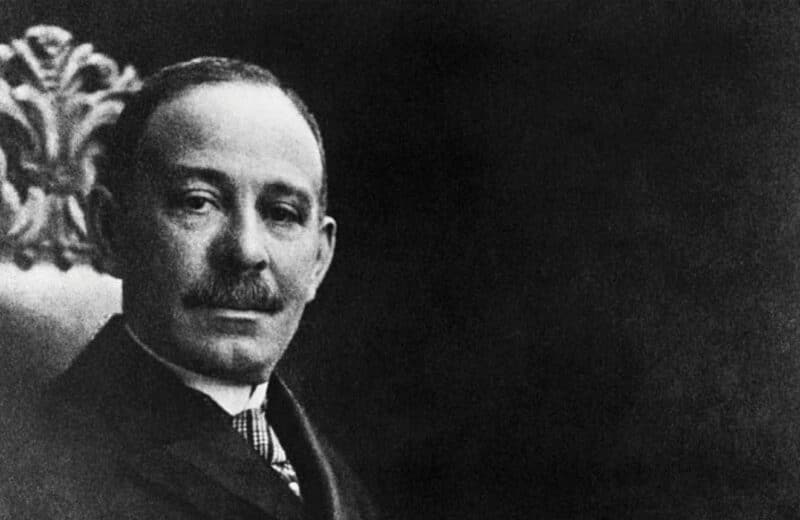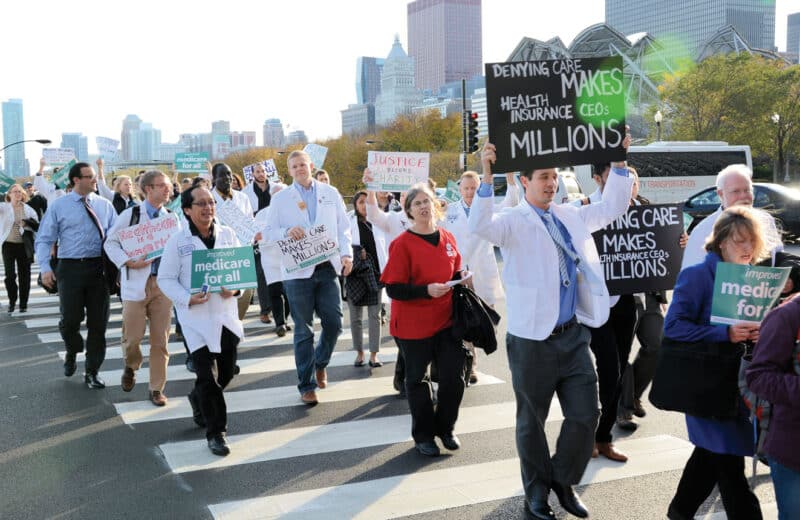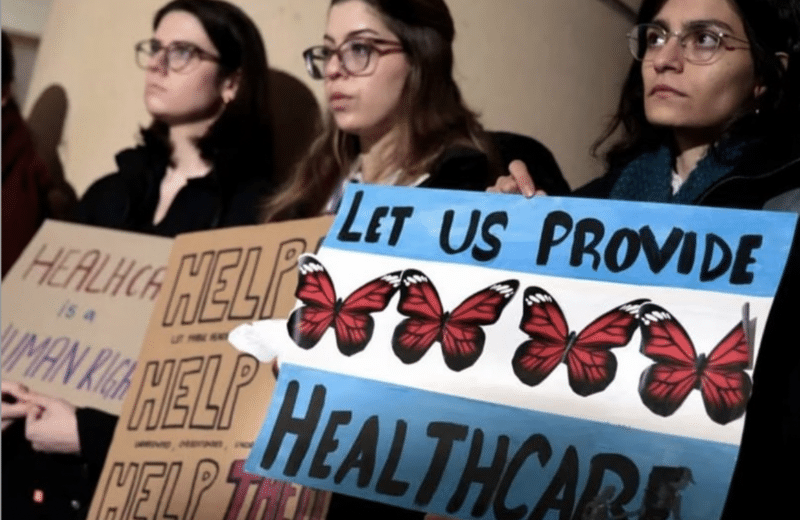The enduring gift of donating a body to science
When Phillip was diagnosed with cancer in 2015, his mind started spinning to end-of-life issues. He didn’t want to be buried. It was a waste of money and a waste of space. He felt okay with cremation, but the outcome seemed empty. He wondered if there was an option that felt more useful.
Then a friend mentioned whole body donation. Phillip liked the idea of his body being used for medical education, says his wife Judy, who asked that their names be changed for privacy. After all, Phillip had been ill on and off for the last 20 years, and countless doctors had helped him in that time. This could be an opportunity to give back by donating his body to science.
“When you rationalize for yourself that maybe it’s going to help science or help someone, why wouldn’t you do it?” Judy says.
Judy and Phillip aren’t alone in that decision. Body donation across the nation is on the rise, according to the Association of American Medical Colleges. The organization attributes the increase to rising funeral costs, diminishing interest in religious customs and a growing awareness about the benefits of body donation.
One national body donation entity, MedCure, reported an increase of more than 30% in donations over the past five years. With that increase comes a societal benefit: Donated bodies go on to advance medical research and education, improving healthcare for us all.
The Decision
Judy had donated a kidney to Phillip in 2009, so the couple was familiar with organ donation. However, whole body donation — using the body to teach students in anatomy labs and other situations — was new territory.
About two months before he died in 2018, Phillip visited a funeral home to make the arrangements. There, he filled out two forms: One enrolled him as a body donor with the Anatomical Gift Association of Illinois (AGA); another granted the AGA and its agents the authority to cremate his body after the medical school completed its study.
The AGA transfers donated bodies to its eight member institutions — universities in Illinois with major academic medical schools — as well as some other institutions of higher learning in Illinois and out of state. While the AGA is a nonprofit organization, some other body donation companies, such as MedCure and Science Care, accept bodies from across the country and operate under a for-profit model.
By working with the AGA, Judy felt reassured that when Phillip died, his body would go to a medical school for instruction.
“We always teased about it — because he was in and out of Northwestern for 20 years so many times — that they’d recognize him if he went there,” Judy says.
Even though Judy knew that Phillip was sick, his death still came as a shock. But because they had a plan, she knew what she needed to do.
The funeral was on a Sunday morning. Phillip’s body was present for the service in a rented casket. Because there would be no burial, they wouldn’t need the casket beyond the service.
When donating a body through the AGA, the only aspect that the estate pays for — aside from any service associated with the funeral home — is the so-called “removal,” meaning the transportation from the funeral home to the AGA.
This cost can range from $600 to more than $5,000.
Treating with care
The AGA office sits in a nondescript strip of businesses, down an alley in the shadow of elevated train tracks in Pilsen. A sweet, chemical smell wafts through the walls.
Most of the bodies go through an embalming process that’s so powerful it will preserve the cadaver for the next two to three years. That takes a lot of chemicals, such as formaldehyde and phenol — about 16 gallons — and explains the office’s intense odors. Some medical schools request bodies that haven’t been embalmed because they have more of a true-to-life feel, which enables students to better practice surgical techniques.
From the moment the body enters the AGA’s possession until it is cremated and returned to family or interred, staffers carefully track everything that happens to it, identifying it via a QR code placed on a card and tagged to the left toe and a numbered metal tag on the right wrist.
The bodies are placed in bags and stored, sometimes for months at a time, in a large, temperature-controlled room that can hold up to about 300 bodies. In a year’s time, the AGA will see about twice that number come and go.
When a school needs the cadavers, an AGA driver delivers them in a truck that the organization designed to hold up to 18 bodies, just for this purpose. While people donate their bodies consistently throughout the year, they’re primarily delivered to universities between mid-May and mid-September, when anatomy labs are starting a new year.
It’s not just medical students who learn from the bodies. Firefighters, police officers and members of the military have also studied cadavers in their trauma and emergency response training.
Everyone at the AGA — whether a driver, embalmer or cremains manager — conveys a seriousness and reverence for their work.
“This is a sacred duty,” explains William O’Connor, AGA executive vice president.
“Without this process, you literally cannot train doctors, nurses, medical technicians and the individuals who are on the front lines defending the country,” he says. “And moreover, you cannot both assist in and promote the development of understanding of human anatomy in a way that has such tremendous practical effect.”
Anatomy lesson
In life, every body is different. The same is true in death. Labs receive cadavers of all shapes, sizes and ethnicities. Some have knee replacements, hip replacements or breast implants. Some have hardened arteries, pacemakers or ports for chemotherapy. Some have tattoos.
University of Illinois at Chicago (UIC) receives about 100 cadavers a year. Medical students, dental students, physical therapy students and biomedical visualization students all use the lab, says Maurice Pescitelli Jr., PhD, course director for anatomy and embryology at UIC.

It’s essential for students to have access to cadavers for dissections, rather than rely on three-dimensional or computer models, says Pescitelli, who sits on the AGA’s board of directors. By working with donated bodies, students learn anatomy, see how varied each body is and appreciate how body systems relate to one another.
Pescitelli says he loves watching students discover the intricacies of human anatomy. “One of the best parts and most rewarding parts of my job is to be in the lab with students, exploring and dissecting, while talking about how complicated we are and experiencing their wonder,” he says.
In a world of virtual reality and artificial intelligence, nothing gives medical students a more real experience than real bodies, instructors say.
“Our medical college wants to have an anatomy course for the medical students, and we still believe that the best way to do that is to use a cadaver,” says James M. Williams, PhD, director of the Rush University human anatomy lab and a professor of cell and molecular medicine. “We’re teaching them anatomy so that they can apply it to the patient. That’s the whole reason for using the cadaver.”
A variety of groups use the Rush anatomy lab. Primarily, there are the university students, studying to be doctors, nurses, physician’s assistants, audiologists, occupational therapists, and speech and language pathologists. Nearly 1,900 high school students come through the lab each year. And then there are those who attend conferences or take courses at Rush: medics who practice intubation on the cadavers, trauma fellows who perform surgery on the bodies and medical device companies that train physicians how to use new tools for surgery.
At Rush, “You’re going to have a minimum of four groups of students look at your body,” Williams says. “I love to see that kind of utilization.”
Making a difference
About 65 miles west of downtown Chicago, Northern Illinois University (NIU) in DeKalb runs its own body donation program and receives donations from a 100-mile radius. Anatomy lab director Daniel Olson points out that the university is unique in that it has an anatomy lab, but it doesn’t have a medical school. Instructors use the lab to teach a graduate-level gross human anatomy course to physical therapy students, students pursuing a human anatomical science master’s degree and undergraduates.
Without this process, you literally cannot train doctors, nurses, medical technicians.”
Mary McGinn, an instructor in the NIU anatomy program, clearly remembers her first encounter with a cadaver. She was in her 50s. Her husband was taking an anatomy class at NIU, and she asked if she could sit in on the class.
In the lab, McGinn held a brain in her hands and realized that this was what she wanted to do for the rest of her life. “It was just 3 pounds of what was like cottage cheese or Jell-O, but it was the brain,” McGinn says. “I realized that’s a person. That’s everything. Everything in the body is in support of the human brain.” She enrolled at the school, earned her master’s degree in human anatomical sciences and now teaches students about the wonders of the body.
For Mark Banovetz, a senior at NIU majoring in biology, the lab has strengthened his interest in becoming a doctor. He’s loved learning about the relationships between nerves, muscles and vasculature.
“We can see these relationships for ourselves, move things around and really get a good idea of where things sit in three dimensions,” he says. “That’s something you can’t always get from looking at a computer screen or a piece of paper.”
Expressing gratitude
Banovetz sees working with human bodies as a privilege and is especially grateful to the donors. “It’s crazy to be working with actual human specimens,” he says. “Knowing the sacrifices they made to allow us to have this incredible opportunity is really powerful.”
He’s not alone in expressing his gratitude. Many medical schools offer their anatomy students a chance to give thanks by holding a ceremony when the lab is complete.
In mid-November, in a lecture hall at UIC, second-year medical students wearing white lab coats fill nearly 200 seats. At the front of the room, the College of Medicine’s vocal ensemble, the Chromotones, is singing The Beatles’ “In My Life,” a capella. “There are places I’ll remember…”
One by one, students file to the front of the room, where they each light a candle. They carry envelopes filled with notes of thanks. The notes will go to the family of the person they’ve been studying. The service of gratitude is a time for tears, song, reflection and closure. It’s when they say goodbye to their first patient.
For two years, when the UIC students have entered the anatomy lab, they’ve walked under a sign that says: “Where the living learn from the dead.” The message is profound, practically poetic, much like the human body itself.
“It was really powerful,” says second-year medical student Sophia Bidny. “I think it’s really interesting how you can get close to someone that you have never met.”
Before the anatomy class began, Bidny knew very little about the cadaver she’d been assigned to study. He was in his 70s; he died of metastatic colon cancer; he was very tall. But from his body, and from this class, she learned so much more.
She held his heart, peering into its chambers. She studied the muscles of his jaw, cutting into the bone for a deeper view. She admired the orderly path of the cranial nerves and blood vessels inside of his skull.
At the same time, she absorbed valuable lessons about dignity and how to treat people. How, for example, if a cadaver’s lower half was exposed, a classmate would think to cover it, aware, even in death, of modesty. For all of it, she’s deeply appreciative.
“I’m just really grateful that someone thought about how they could continue to teach after they passed and how they could continue to be useful to future generations,” Bidny says. “To think, ‘I won’t have use for this body, but somebody else might.’”
Over the years, whether at UIC, Rush, NIU or other anatomy labs, the donated bodies have trained students about the look and feel of various body parts, how different systems work together, how each person differs from the next, and how to show respect and dignity.
Interfacing with a body has inspired high school students to pursue medical school, and it has encouraged medical school students to become doctors. Starting with death, they’ve learned about life.
A granted wish
Nine and a half months after Phillip died, Judy received a call from the AGA. She hadn’t expected to hear from them for at least another year. Most bodies are studied for two years, but the man on the other end of the line explained that her husband’s service was done. His body had been studied and then cremated. Would she like to pick up the ashes?
Today, Phillip’s ashes sit in a closet. Judy isn’t sure what to do with them, but she knows that’s not the important part. She thinks back to when Phillip was making this decision. “We felt that if one person in one place could find out something that would help another person — to save a life or anything else — that would be part of the Jewish tradition of tikkun olam, repairing the world,” she says.
Then she smiles. Her husband got his wish.
Donating to Science
- Considering donating your body to science? Bodies are continually needed to help educate students, healthcare professionals, first responders and others. To be eligible for body donation, you must:
- Complete necessary forms for body donation, including a donor enrollment form and authority to cremate.
- Be at least 18 years old.
- Be free of certain communicable diseases, including HIV/AIDS, tuberculosis and hepatitis B or C.
- Fall within weight parameters (i.e. not obese).
- Have your organs intact/not donated (though corneas, brain and kidneys often can be donated).
- Have not undergone recent surgery.













